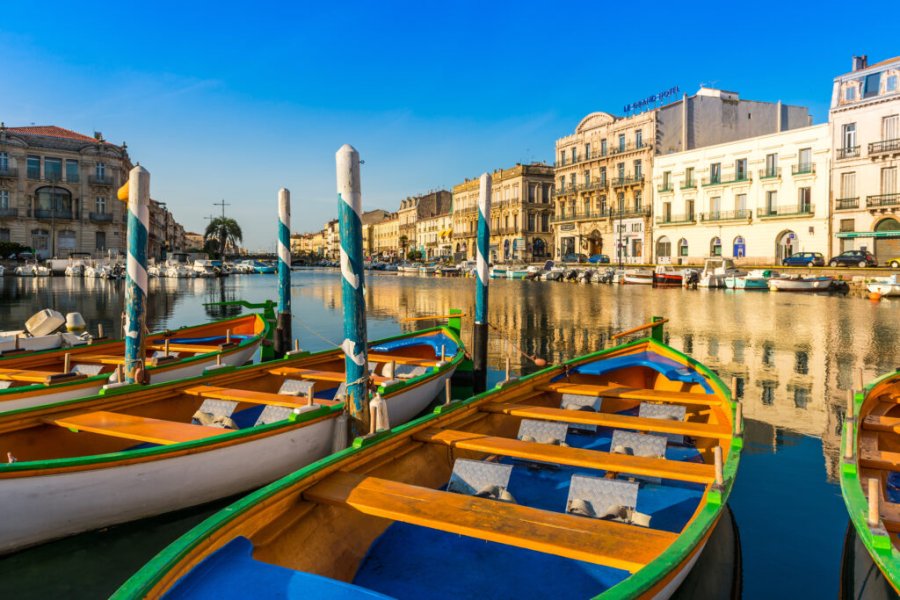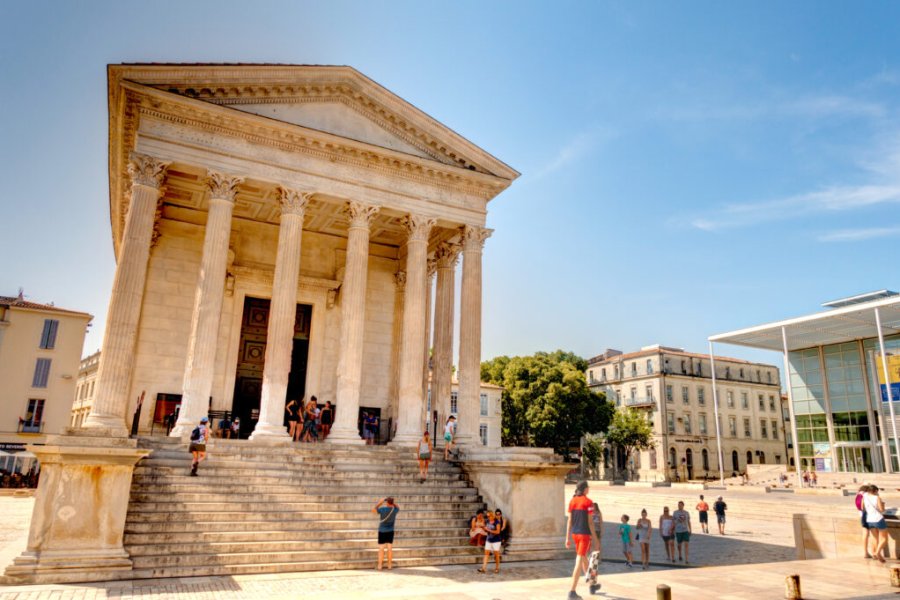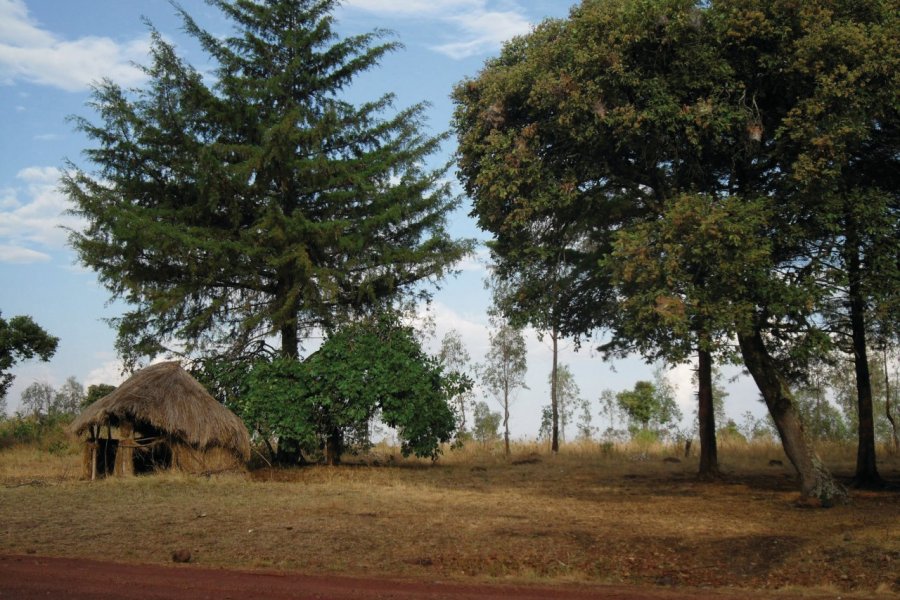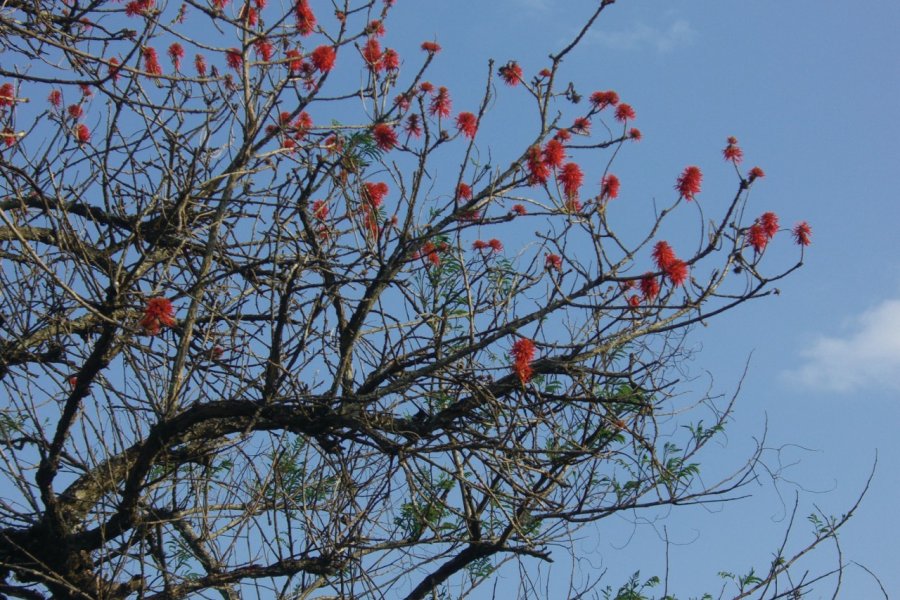Travel Guide Parc National De La Ruvubu
Find an accommodation
Advertising
Ruvubu National Park is the largest protected ecosystem in the country (over 50 000 ha). It is remarkable for the eponymous river, which preserves the borders about 65 km from southwest to northeast, and around 10 km in its average width at the banks.La is the longest river in Burundi (280 km) and it drains most of the country's waters that feed the Nile. Part of The on the ridge (2 300 m altitude), it crosses the central plateaus from west to east, then orient to the north-east in its protected part, taking with its muddy waters in the rain season of the great river.An exceptional wildlife reserve. Located at the borders of the populated regions of central Burundi and the pioneering fronts of Eastern Burundi, in still wild circumpolar environments, the Ruvubu is inhabited by a diverse and visible fauna. It is the fauna that it owes its name, at least to its best represented species (especially south), the hippopotamus, which is called imvubu. From birds to primates through buffles, antelopes and others, the Park is full of animals that inhabit the banks of its river (1 350 m altitude) or the landforms of its mountain edges (up to 1 800 m).A Park to protect. The creation of the Park, in 1983-1984, took a resolute approach to tourism development, coupled with the desire to safeguard this natural heritage that the anthropogenic thrust threatened more or less. It required the expropriation and displacement of hundreds of families living on its perimeter (Ruyigi, Karuzi, Muyinga and Cankuzo provinces), and has led to a total ban on the exploitation of any part of the park or to hunting animals. Of course, the operation did not make it happy and, even today, the rejected populations complained that they had been forced into this move, finding no longer the fertile land they had previously enjoyed.It is a difficult conflict between environmental conservation policies and the logic of rural development. The Park is threatened by bush fires that the surrounding areas are lit to prepare their land, but also by poaching, which remains common. The INECN (National Institute for Environmental and Nature Conservation), which manages the Park, maintains guards and aid for its monitoring, but so few for such an area that the device is often powerless. However, UNDP (United Nations Development Programme) provided in 2011 several equipment designed to enhance the security and protection of the Park (signalling panels, booths, observation paillottes), as well as the efficiency and visibility of guards (bicycles, uniforms, communications radios, megaphones, etc.).
Suggested addresses Parc National De La Ruvubu
Weather at the moment
Advertising
Organize your trip with our partners Parc National De La Ruvubu
Transportation
Book your plane tickets
Car Rental
Boat rental
Accommodation & stays
Find a hotel
Holiday rental
Find your campsite
Tailor-made trip
Immersion travel
Services / On site
Activities & visits
Find a doctor





